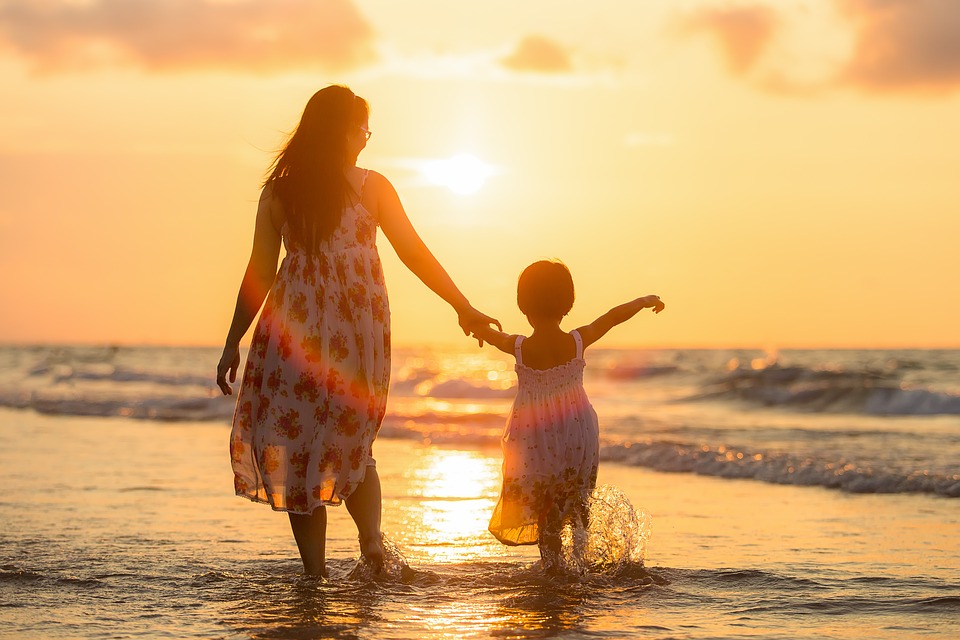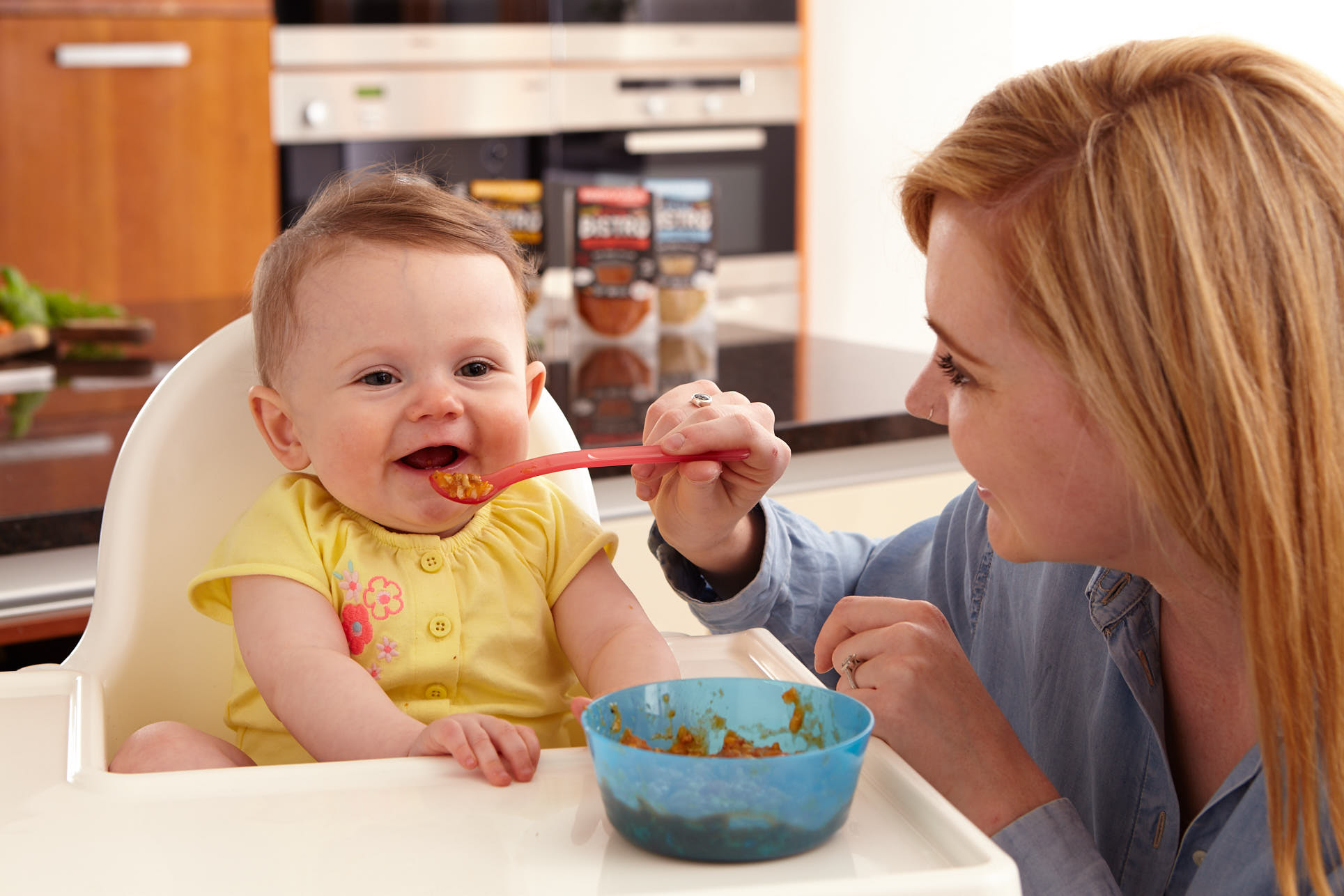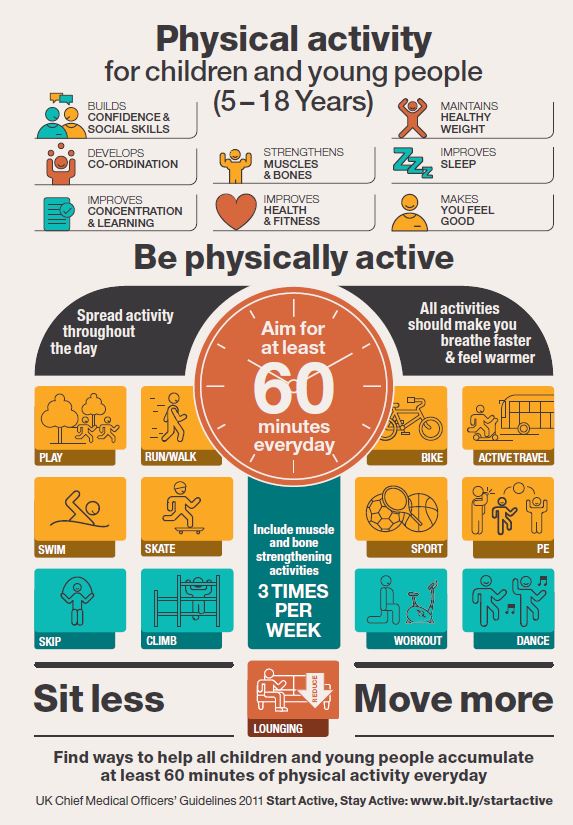The earlier a child with dyslexia is diagnosed, the more effective educational interventions are likely to be.
However, identifying dyslexia in young children can be difficult for both parents and teachers, because the signs and symptoms are not always obvious.
If you’re worried about your child
If you’re concerned about your child’s progress with reading and writing, first talk to their teacher. You may also want to meet with other staff in the school.
If there’s an ongoing concern, take your child to visit a GP. It may be that your child has health problems that are affecting their ability to read or write. For example, they may have:
vision problems, such as short-sightedness or a squint
hearing problems, as the result of a condition such as glue ear
other conditions, such as attention deficit hyperactivity disorder (ADHD)
If your child doesn’t have any obvious underlying health problems to explain their learning difficulties, it may be that they’re not responding very well to the teaching method, and a different approach may be needed.
Read about managing dyslexia for more information about educational interventions that may help.
Dyslexia assessments
If there are still concerns about your child’s progress after they’ve received additional teaching and support, it may be a good idea to have a more in-depth assessment.
This can be carried out by an educational psychologist or appropriately qualified specialist dyslexia teacher.
They’ll be able to support you, your child and your child’s teachers by helping improve the understanding of your child’s learning difficulties and by suggesting interventions that may help them.
Requesting an assessment
There are various ways to request an assessment for your child, although it can sometimes be a time-consuming and frustrating process.
The first step is to meet your child’s teacher and their school’s special educational needs co-ordinator (SENCO) to discuss your concerns and any interventions that have been tried already.
If your child continues to have difficulties despite interventions, you can ask for them to be referred for assessment by a local authority educational psychologist or other specialist in dyslexia.
The Independent Parental Special Education Advice (IPSEA) is an independent charity for parents of children with special needs. Their website contains information about steps you can take to have the needs of your child assessed.
Alternatively, you can approach an independent educational psychologist or another suitably qualified professional directly. You can find a directory of chartered psychologists on the British Psychological Society’s website.
You can also contact a national or local dyslexia association for help arranging an assessment.
The assessment procedure
Before the assessment takes place, you and your child’s school may be sent a questionnaire that asks about your child and related issues, such as their general state of health, how well they perform certain tasks and what you think needs to change.
The assessment itself may involve observing your child in their learning environment, talking with key adults involved with your child’s learning and asking your child to take part in a series of tests.
These tests may examine your child’s:
reading and writing abilities
language development and vocabulary
logical reasoning
memory
the speed they can process visual and auditory (sound) information
organisational skills
approaches to learning
What happens afterwards
After your child has been assessed, you’ll receive a report that outlines their strengths and weaknesses, with recommendations of what could be done to improve areas they are having difficulties with.
Depending on the severity of your child’s learning difficulties, it may be possible for their difficulties to be managed through an action plan drawn up for them and undertaken by their school, called an individual education plan (IEP). This will be reviewed with you and your child each term.
In a small number of cases, where a child’s difficulties don’t improve and progress doesn’t seem to be made, you may want to request a fuller assessment that covers all aspects of your child’s development.
This would result in a more formal, legally binding educational plan being drawn up for your child, known as an Education Healthcare Plan (EHC). This sets out what your child’s educational needs are and the support required to meet those needs in a document that is reviewed formally every year.
Visit GOV.UK for more information about children with special educational needs (SEN).




